
views
X
Research source
Eating and Drinking with a Palatal Expander
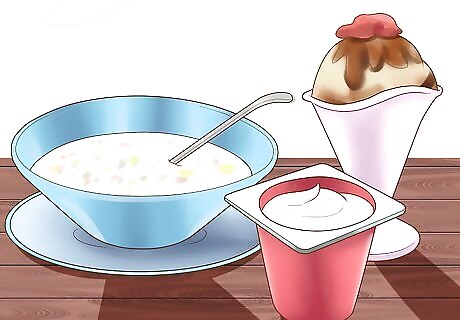
Stock up on your favorite soft foods and liquids. Choose foods that can give you the nourishment you need without making eating more of a headache than it already is. Choices can include yogurt, healthy shakes, ice cream, mashed vegetables like potatoes, zucchini, or yams, or mashed bananas, soup, etc.
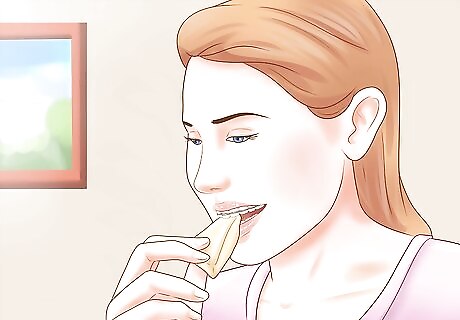
Take small bites and chew gently. Remember, the palate expander is literally separating the two halves of the upper jaw, exerting pressure on the bones of your lower face. You will most likely end up chewing with the teeth that aren't harnessed to the expander.

Take small sips and use a thin straw. Liquids will be easier to ingest than solid foods, since your tongue doesn't have to move the food around in your mouth to chew, only to swallow.
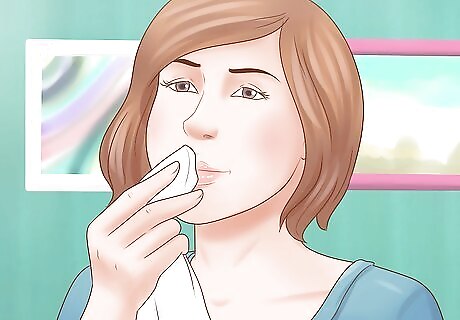
Wipe your mouth frequently. A mouth with a palatal expander tends to produce a lot more saliva in general. Keeping a napkin or hankie ready to dab away the drool will keep things neat and dry.
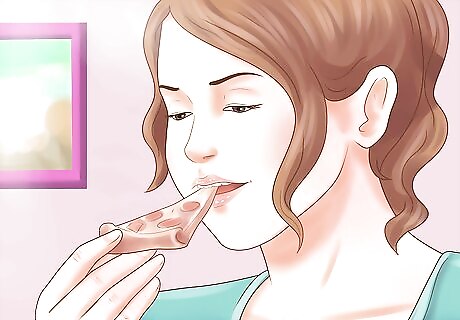
Eat your favorite solid foods at times of minimum discomfort. Take these opportunities when you can get them! With patience you can still enjoy pasta, sandwiches, and even pizza.
Keeping Your Palatal Expander Clean
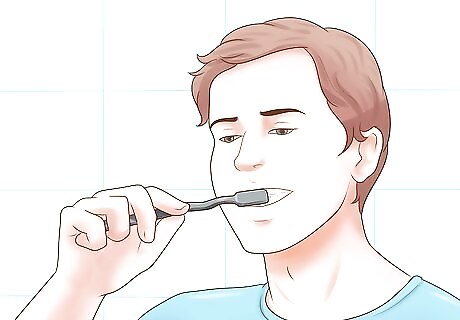
Continue to brush and floss your teeth on a daily basis. This is good oral hygiene that we should all be practicing regularly. Now is the time to make sure the habit sticks!
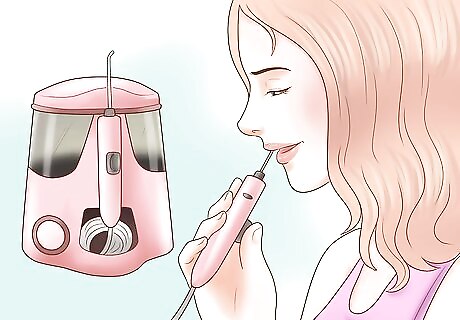
Consider purchasing a Waterpik water flosser to facilitate more thorough, leisurely cleanings at home. A Waterpik focuses a tiny stream of water under pressure to clean hard to reach places in your mouth and is highly recommended for many forms of orthodontics and other dental work. Pay special attention to cleaning the central gears, screws, and edges of the expander and to places where the expander touches or covers your gum line.
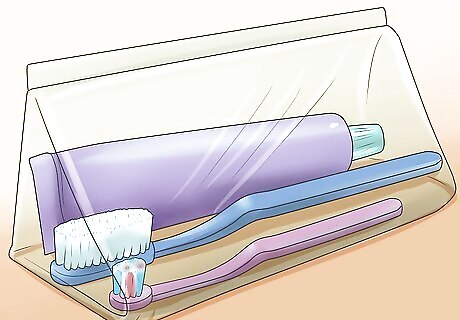
Pack both a normal sized and a tiny toothbrush if you will be dining out. Excuse yourself from the table and use these to gently brush away any pieces of food that may be lodged in your teeth and expander.
Adjusting Your or Your Child's Palatal Expander

Follow your orthodontist's instructions about how often to turn the expander. This could vary from once a day to two or three times per day, depending on the degree of expansion required as well as on other orthodontic procedures that need to occur during the process, such as adding braces. Be as consistent as possible. If you find that your schedule is likely to be interrupted, or if you foresee the need to delay turning, always check with your orthodontist first.

Locate the "key" provided by your orthodontist. This is a tool, usually a small metal rod, that is inserted into the screw at the center of the gear and provides lateral torque to force the hard palate to expand. If the key doesn't have a safety string, secure the end with a long string or length of dental floss, which will allow for easy retrieval if you drop the key in your or your child's mouth.
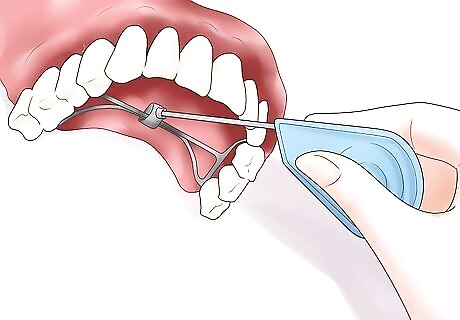
Insert the key into the hole in the screw of the central gear. In most cases you will be inserting the key into a small angled hole facing the back of your upper teeth (i.e. the key will be pointing out of your mouth). If you are performing this on yourself, do this in front of a mirror in a well lit room. If you are performing this on a child or young person, have them lay down and open their mouth as wide as possible to prevent gagging in case you accidentally touch their uvula. Make sure you have enough light to see clearly - use a flashlight if needed.
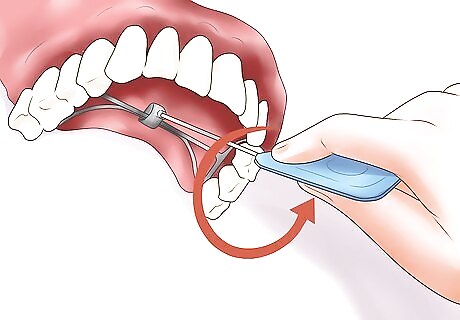
Turn the key as far as it will go. After inserting the key, and making sure not to hit the skin at the roof of the mouth, slowly and with consistent pressure turn the screw as far as it can go, towards the back of the throat.
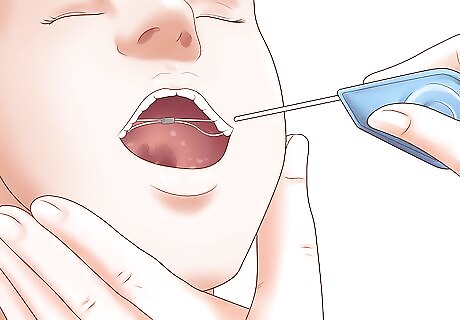
Remove the key carefully from your or your child's mouth. Clean it and put it in a safe place.

Follow up with your orthodontic appointments as scheduled. Most orthodontists will have you come in one a week to gauge progress and address any concerns. Keep a list of concerns as they occur for convenience.
Managing Pain and Discomfort caused by a Palatal Expander
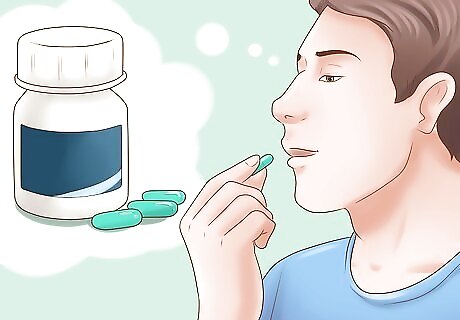
Take liquid Advil approximately an hour before you have to turn the expander. This will help with the inflammation and discomfort in the hour after increasing the expander.
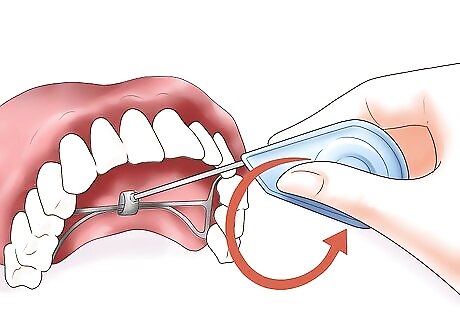
Turn the expander after mealtime is over. This way you'll have already eaten and your mouth will have a chance to rest while it's dealing with the pain, pressure and discomfort.

Relax and apply an ice pack to your cheeks after turning the expander. This will relieve inflammation at the site.

Follow up with a treat, like a small ice cream or cool beverage. The coolness will also help reduce and mask inflammation.

Use Dental Wax to protect mouth tissue from abrasion. Dental Wax can be found at most pharmacies and forms a removable and reusable barrier between the hardware of the palatal expander and the soft tissue of the mouth.
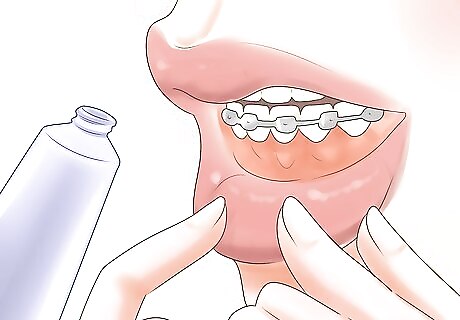
Apply Orajel to numb the pain if you have a cut or chronic sore spot. You can also regularly gargle with lightly salted tepid water to relieve occasional soreness and pain.










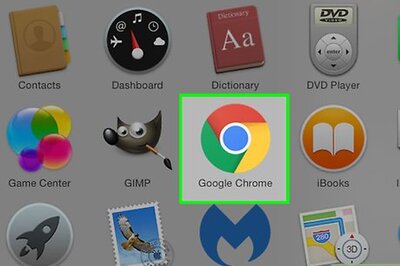









Comments
0 comment